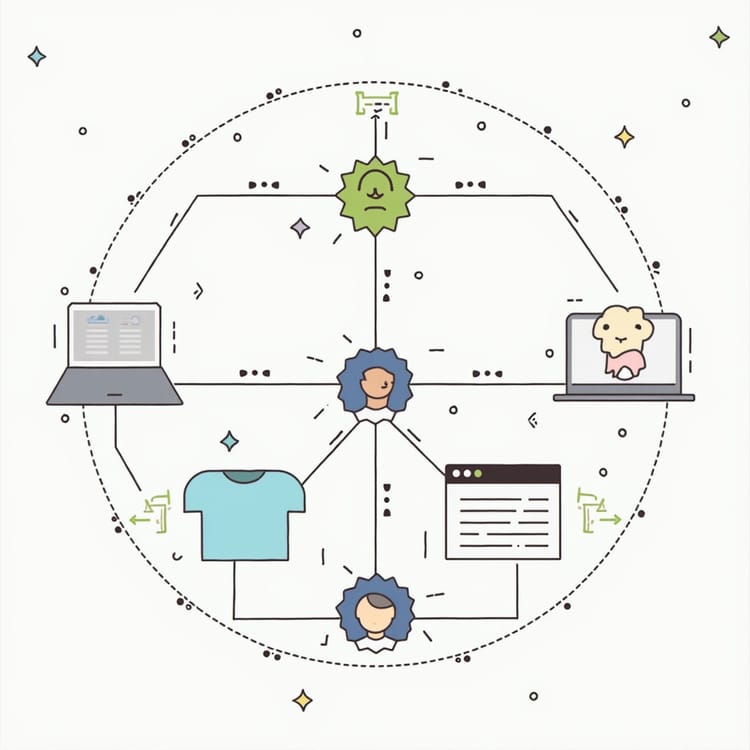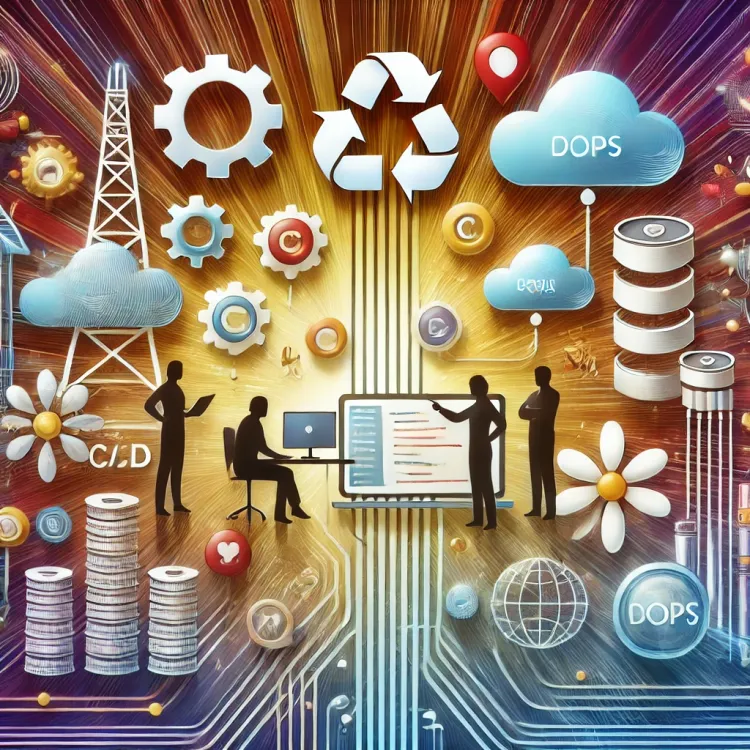Django vs FastAPI: Choosing the Right Framework for Your Project

When it comes to web development in Python, choosing the right framework can significantly impact the success of your project. Two popular options are Django and FastAPI, each with unique strengths and use cases. In this blog post, we'll explore the key differences, use cases, and considerations to help you decide which framework suits your project.
Introduction to Django
Django, often called the "framework for perfectionists with deadlines," is a full-stack web framework that emphasizes convention over configuration. It provides everything you need to build robust web applications, from an ORM to a templating engine, out of the box.
Key Features of Django
- Built-in Admin Panel: Django comes with an auto-generated admin interface for managing application data.
- Object-Relational Mapping (ORM): Easily map database tables to Python classes.
- Batteries Included: Offers tools like authentication, URL routing, and middleware.
- Scalability: Suitable for large-scale applications.
- Community Support: Established ecosystem with numerous third-party packages.
Best Use Cases for Django
- Content management systems (e.g., blogs, e-commerce sites).
- Applications requiring rapid development.
- Projects that benefit from a full-stack framework.
Introduction to FastAPI
FastAPI is a modern web framework designed for building APIs with high performance and developer-friendly features. It’s built on Starlette for the web server and Pydantic for data validation.
Key Features of FastAPI
- Asynchronous by Design: Leverages Python’s
asynccapabilities for high performance. - Automatic API Documentation: Provides OpenAPI and Swagger documentation out of the box.
- Data Validation: Utilizes Pydantic for robust type validation and serialization.
- Performance: Comparable to Node.js and Go frameworks.
- Minimalistic: Focuses on APIs without unnecessary features.
Best Use Cases for FastAPI
- Building RESTful APIs or microservices.
- Applications requiring high performance and scalability.
- Projects where API-first design is a priority.
Comparison: Django vs FastAPI
1. Learning Curve
- Django: Easier for beginners, thanks to comprehensive documentation and a monolithic approach.
- FastAPI: Requires familiarity with Python’s type hints and asynchronous programming, making it slightly steeper for newcomers.
2. Performance
- Django: Synchronous by default; can handle performance-heavy tasks but not as efficiently as FastAPI.
- FastAPI: Asynchronous by design, offering better performance for I/O-bound tasks.
3. Flexibility
- Django: A full-stack framework, which means less flexibility but more built-in features.
- FastAPI: Extremely flexible and modular, ideal for APIs and microservices.
4. Use Cases
- Django: Best for traditional web applications that need templates, ORM, and an admin panel.
- FastAPI: Best for API-first projects, high-performance applications, and modern microservices architecture.
5. Community and Ecosystem
- Django: Larger community with more plugins and third-party libraries.
- FastAPI: Rapidly growing but smaller ecosystem compared to Django.
When to Choose Django
Choose Django if your project:
- Requires a complete web framework.
- Involves managing complex database relationships.
- Benefits from a pre-built admin interface.
- Prioritizes rapid development over performance optimization.
Example Projects:
- E-commerce platforms.
- Blog or CMS systems.
- Social networking sites.
When to Choose FastAPI
Choose FastAPI if your project:
- Requires high-performance APIs.
- Relies heavily on asynchronous operations.
- Needs modern API features like automatic documentation.
- Embraces microservices architecture.
Example Projects:
- Machine learning model deployment APIs.
- Real-time messaging services.
- IoT backends.
Conclusion
Django and FastAPI are both excellent frameworks, but their strengths lie in different areas. Django excels in full-stack web development with its "batteries included" approach, while FastAPI is a powerhouse for building high-performance, modern APIs. By understanding your project’s requirements and long-term goals, you can choose the framework that best aligns with your needs.




